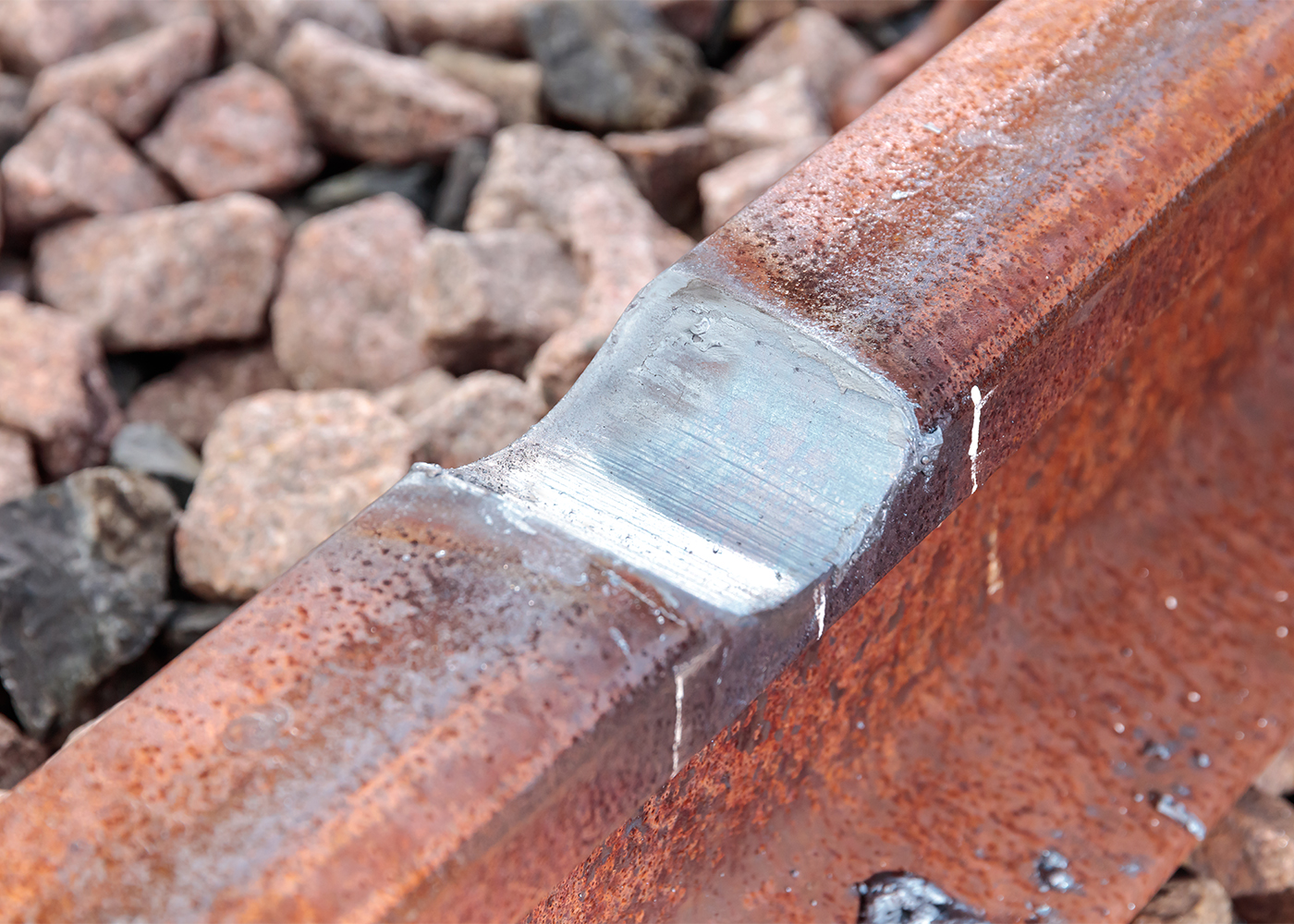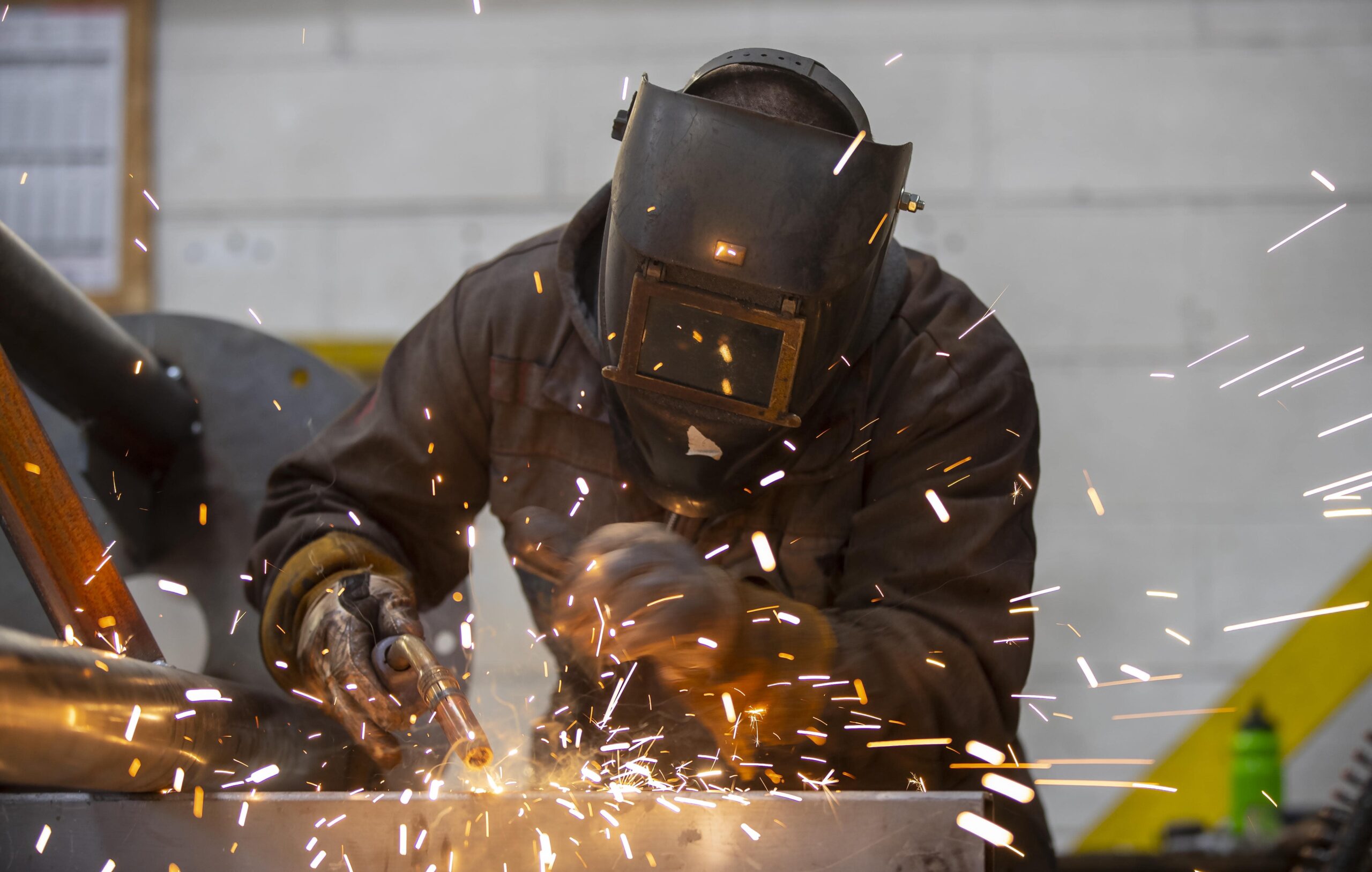Ways to minimize distortion in Montana Mobile Welding and Repair Welding projects
Wiki Article
Usual Welding Repair Issues and How to Address Them Properly
Welding repair services commonly run into a variety of problems that can jeopardize the stability of the final product. Common issues include inadequate infiltration, porosity, and imbalance, amongst others. Each issue offers unique difficulties that need particular methods for resolution. Understanding these concerns is important for welders aiming to enhance their end results and skills. This discussion will discover these typical welding repair work issues and effective approaches to resolve them.Inadequate Infiltration
Poor infiltration occurs when the weld metal falls short to fully fuse with the base product, leading to weak joints and possible structural failures. This problem frequently originates from inadequate warmth input, incorrect electrode angle, or inappropriate welding rate. Welders might come across insufficient infiltration as a result of a mistake of the essential criteria for a certain material density or type. Furthermore, contamination on the base material's surface area can impede efficient bonding, exacerbating the trouble. To deal with insufficient penetration, welders need to guarantee suitable setups on their equipment and keep a clean job surface. Routine examination of welds is recommended to recognize any kind of deficiencies early, permitting for timely adjustments and the prevention of jeopardized architectural stability in bonded settings up.Porosity
Porosity is an usual issue in bonded joints that materializes as little gas bubbles entraped within the weld metal. This issue can compromise the integrity of the weld, leading to reduced strength and prospective failing under anxiety. Montana Mobile Welding and Repair Fabrication. Porosity generally occurs from contamination, dampness, or inappropriate welding methods, which allow gases to run away right into the molten weld swimming pool. To address porosity, welders need to guarantee correct surface prep work, preserve a tidy functioning environment, and use appropriate welding specifications. Furthermore, picking the appropriate filler product and shielding gas can reduce gas entrapment. Regular assessment and testing of welds can aid recognize porosity early, assuring prompt restorative actions are taken, thereby protecting the top quality and reliability of the welded structureMisalignment
Misalignment in welding can develop from different factors, including incorrect arrangement and thermal development. Recognizing the origin causes is necessary for efficient resolution. Several improvement strategies are readily available to realign components and assure architectural integrity.Root causes of Imbalance
Welding imbalance often comes from a range of underlying issues that can jeopardize architectural honesty. One key cause is inappropriate fit-up of components prior to welding, which can cause voids and unequal surface areas. Variants in thermal development during the welding process can also lead to distortion, particularly if the products being signed up with have different coefficients of development. Additionally, insufficient fixturing and securing might fall short to hold parts firmly in position, causing activity throughout welding. Improperly conserved tools, including welding machines and tools, may introduce incongruities in the weld grain, more adding to imbalance. Operator mistake, stemming from inadequate training or experience, can also play a considerable role in producing misaligned welds.
Adjustment Methods Readily Available
Addressing misalignment properly calls for a combination of restorative strategies customized to the specific problems at hand. One common approach is the usage of components or jigs to hold elements in the right setting during welding, making sure consistent placement. Furthermore, pre-heating the materials can help in reducing distortion and improve fit-up. For significant imbalance, mechanical realignment strategies, such as utilizing hydraulic jacks or clamps, can be used to fix the placement before welding. Post-weld heat treatment might additionally be required to soothe stresses brought on by misalignment. Cautious evaluation and modification throughout the configuration stage can protect against imbalance concerns from ending up being considerable troubles, advertising a smoother welding process and enhancing overall structural stability.Distortion
Distortion is a common obstacle in welding that can occur from numerous aspects, including irregular cooling and heating. Understanding the reasons for distortion is essential for implementing effective prevention methods. Resolving this problem not only improves structural stability however also improves the overall top quality of the weld.Reasons for Distortion
When subjected to the intense heat of welding, materials frequently undergo changes that can cause distortion. This sensation largely arises from thermal expansion and tightening during the welding process. As the weld area warms up, the material increases; upon cooling, it gets, which can create inner stresses. On top of that, unequal home heating throughout a workpiece can worsen these stresses, causing warping or bending. The kind of material also plays a significant duty; steels with differing thermal conductivity and coefficients of expansion might react differently, leading to unpredictable distortions. Poor joint layout and poor fixturing can contribute to misalignment throughout welding, enhancing the chance of distortion. Understanding these reasons is crucial for reliable welding fixing and prevention approaches.Prevention Techniques
Reliable avoidance strategies for distortion throughout welding emphasis on controlling warmth input and making sure correct joint layout. Preserving a constant warm input aids to reduce thermal development and contraction, which can bring about distortion. Making use of methods such as preheating the work surface can likewise lower the temperature level slope, promoting consistent heating. In addition, picking proper joint layouts, such as T-joints or lap joints, can improve security and minimize stress concentrations. Carrying out appropriate fixturing to secure the work surfaces in position additionally help in preserving positioning during the welding process. Staggered welding series can distribute heat extra equally, avoiding local distortion. By using these techniques, welders can considerably reduce the possibility of distortion and improve the overall high quality of their welds.Splitting
Fracturing is an usual concern come across in welding repair services, frequently resulting from various elements such as improper cooling prices, product selection, or insufficient joint prep work. The event of cracks can considerably compromise the stability of the weld, resulting in possible failures during procedure. To address this concern, welders have to first assess the source, making certain that products work and suitably picked for the particular application. In addition, controlling the air conditioning price during the welding process is essential; fast air conditioning can generate tension and result in breaking. Proper joint layout and prep work likewise contribute to minimizing the risk. Applying these methods can improve weld high quality and resilience, inevitably decreasing the likelihood of splitting in finished weldments.
Incomplete Fusion
A considerable issue in welding repair services is insufficient fusion, which happens when the weld steel does not adequately bond with the base product or previous weld passes - Montana Mobile Welding and Repair Belgrade. This defect can result in weak points in the joint, possibly endangering the integrity of the welded structure. Factors adding to insufficient fusion include not enough warmth input, improper welding technique, and contamination of the surfaces being joined. To resolve this problem effectively, welders should guarantee correct pre-weld cleaning and surface area preparation, as well as readjust their welding criteria to achieve adequate infiltration and combination. Routine evaluation throughout the welding process can likewise help determine incomplete blend early, permitting timely restorative steps to boost the general top quality of the weldOverheating
While welding repairs can boost architectural stability, overheating offers a significant challenge that can bring about product degradation. Too much warmth during welding can modify the mechanical residential or commercial properties of steels, leading to reduced strength, enhanced brittleness, and bending. This sensation is particularly crucial in high-stress applications where architectural reliability is critical. Recognizing overheating can entail aesthetic inspections for discoloration or distortion, as well as keeping track of temperature during the welding process. To mitigate the threats connected with overheating, welders must employ suitable methods, such as regulating warmth input, changing traveling speed, and making use of appropriate filler materials. Furthermore, applying pre- and post-weld warm therapies can help bring back product residential properties and enhance the total quality of the repair service, making certain long-term performance and security.Frequently Asked Questions
What Are the Typical Signs of a Welding Defect?

How Can I Evaluate My Welds for Top quality?
To check welds for quality, one can use aesthetic assessments, ultrasonic testing, and radiographic methods. Each strategy guarantees structural stability, determines flaws, and confirms adherence to defined requirements, ultimately improving the integrity of the bonded joints.What Safety and security Preventative Measures Should I Take While Welding?
When welding, one ought to prioritize security by putting on suitable personal protective tools, guaranteeing proper ventilation, safeguarding flammable products away, maintaining a tidy work space, and being conscious of get more info environments to avoid injuries and crashes.Can I Fix a Weld Without Redesigning the Entire Joint?
Repairing a weld without redoing the whole joint is feasible, depending upon the damage (Montana Mobile Welding and Repair Belgrade Fabrication). Strategies such as grinding, including filler product, or utilizing a welding procedure can properly attend to certain flaws while preserving the surrounding structureWhat Equipment Are Necessary for Efficient Welding Fixes?
Necessary tools for effective welding repairs consist of a welding equipment, wire brush, grinder, safety gear, clamps, and filler materials. Each device plays an important role in making sure high quality and security throughout the fixing process. Porosity usually arises from contamination, moisture, or inappropriate welding methods, which allow gases to escape right into the liquified weld swimming pool. Inadequately conserved devices, including welding machines and tools, might present inconsistencies in the weld bead, more adding to imbalance. When subjected to the extreme heat of welding, products often go through adjustments that can lead to distortion. Fracturing is a typical issue experienced in welding repairs, typically resulting from numerous aspects such as inappropriate air conditioning rates, material choice, or insufficient joint preparation. A significant concern in welding fixings is insufficient combination, which happens when the weld steel does not effectively bond with the base material or previous weld passes.Report this wiki page